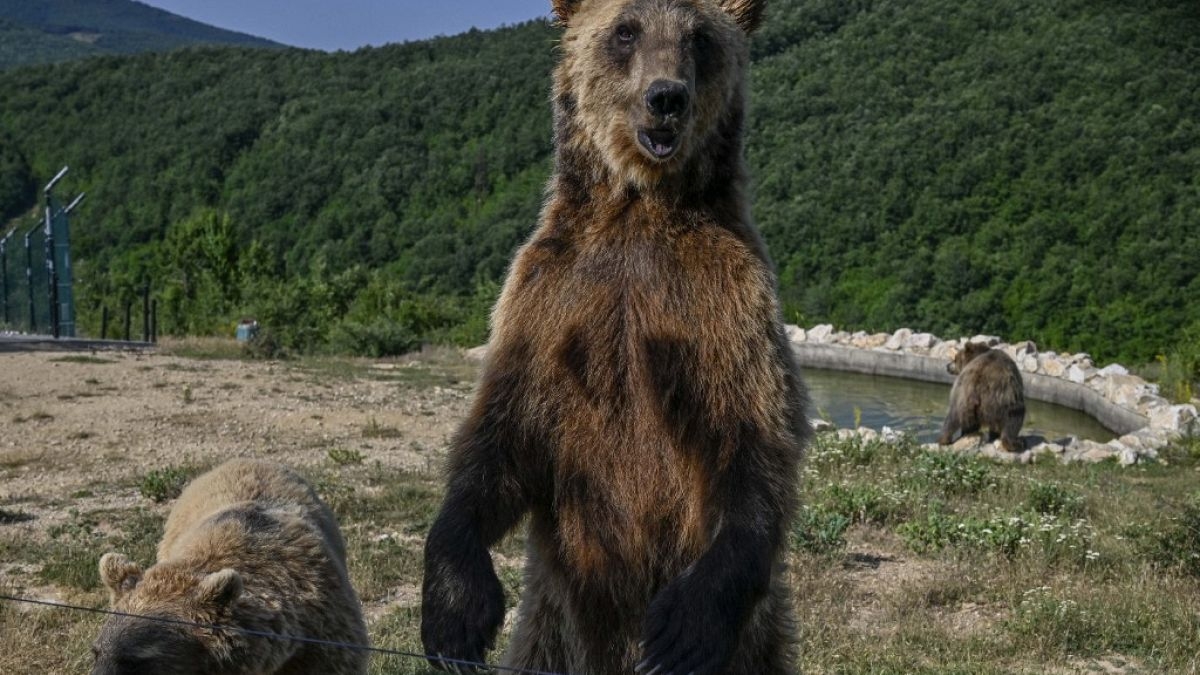Fight over bear culling sparks controversy in Trentino, Italy

The quiet and picturesque province of Trentino in northern Italy is at the center of the storm brewing. Following a series of bear attacks, the decision to cull eight bears each year in an effort to control the bear population and ensure human safety has sparked fierce opposition. Environmentalists fear for the survival of bear populations and say the move could spell disaster for the region’s biodiversity.
Public safety and biodiversity: A balancing act
The debate centers on the question of balancing human safety with wildlife protection. Roberto Fileoni, the state’s forestry chief, says culling is a necessary evil. “public safety is paramount” he argued, pointing to the alarming increase in bears attacking humans. However, this perspective is not shared worldwide. Michela Brambilla, president of the Italian Inter-Parliamentary Group for the Protection of Animals, strongly condemned the decision.
Alternatives: What’s the way forward?
Brambilla believes environmental management and public education can avoid the need for culling. She suggests measures such as warning signs for tourists and ensuring garbage disposal to prevent bears from foraging in human waste. “coexistence is possible “If we respect bear habitat and take steps to avoid human-bear conflicts,” she argues. This sentiment reflects broader debates about wildlife conservation and human safety in areas around the world where humans and large predators share landscapes.
Legal implications and global impact
The controversy has also attracted the attention of the Italian legal community. A recent ruling by the Council of State in Rome suspended culling orders for two specific bears known to have attacked humans. The council cited the 1979 Bern Convention on Wild Animals, which stipulates culling as a last resort. Italy’s World Wide Fund for Nature is also participating in this discussion. The group noted that dangerous bears are rare and unpredictable, making it difficult to set an annual culling quota. They argue that such measures could disrupt the bears’ social structure, lead to increased human-bear conflicts, and could actually make the problem worse.
